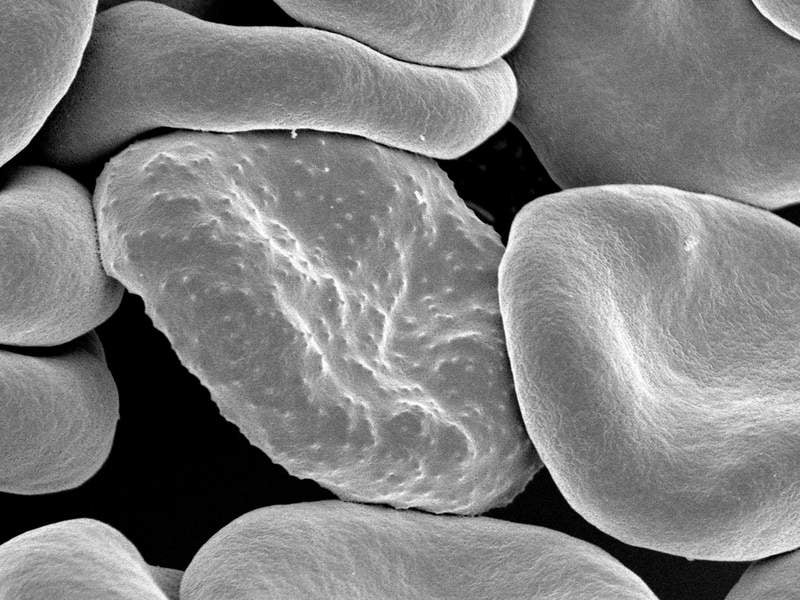
A new study funded by the National Institutes of Health (NIH) in the US has identified two proteins required by the malaria parasite Plasmodium falciparum (P. Falciparum) to infect red blood cells.
The plasmepsins IX and X proteins are also needed by the parasite to exit the cells after multiplication and are expected to be potential new targets for the development of new anti-malaria medication.
Plasmodium falciparum, which produces ten types of plasmepsin proteins, is reported to have developed drug-resistance in five South East Asian countries.
During the study, researchers compared the malaria parasites created without the plasmepsins IX and X under experimental conditions, with those that had the two proteins.
It was discovered that plasmepsin IX is present in the parasite’s specialised cell structures, known as rhoptries, which are involved in the invasion of red blood cells, while plasmepsin X is observed in exonemes that aid its exit of infected cells.
The researchers further found that the parasites without plasmepsin IX had defective rhoptries and those lacking plasmepsin X could not infect or exit the cells.
How well do you really know your competitors?
Access the most comprehensive Company Profiles on the market, powered by GlobalData. Save hours of research. Gain competitive edge.

Thank you!
Your download email will arrive shortly
Not ready to buy yet? Download a free sample
We are confident about the unique quality of our Company Profiles. However, we want you to make the most beneficial decision for your business, so we offer a free sample that you can download by submitting the below form
By GlobalDataThe team expects that the parasites lacking the plasmepsins could be used for screening of drug candidates in order to identify new anti-malaria compounds.
The researchers currently identified three experimental malaria drugs that could potentially target plasmepsin X.
Out of the three drugs, CWHM-117 has been evaluated in a mouse model of malaria and the researchers intend to use this data to alter the drug for obtaining better efficacy.






